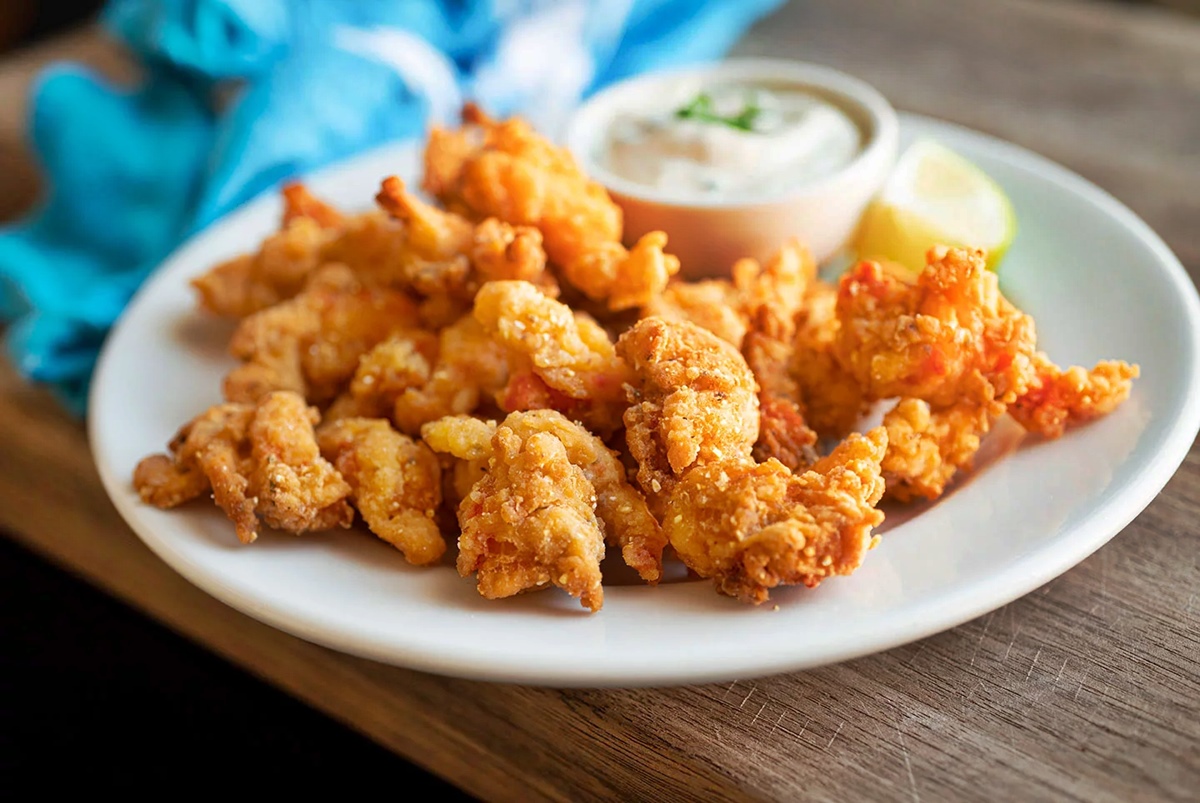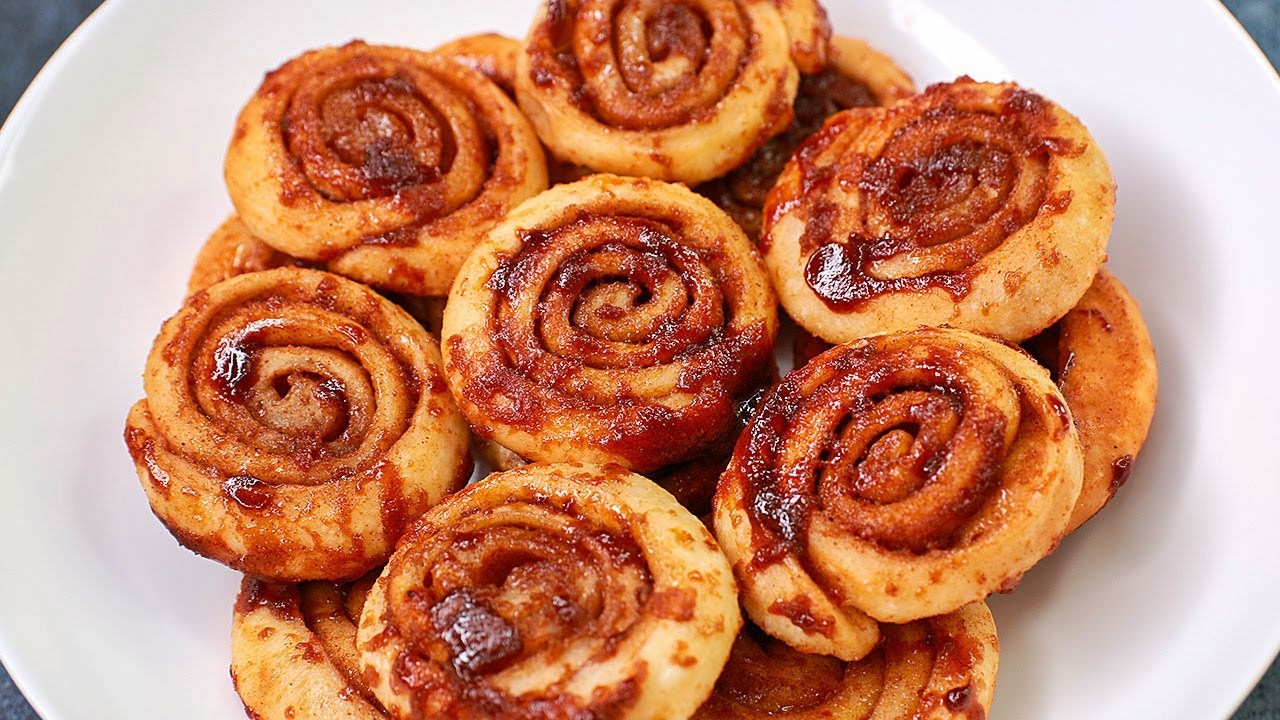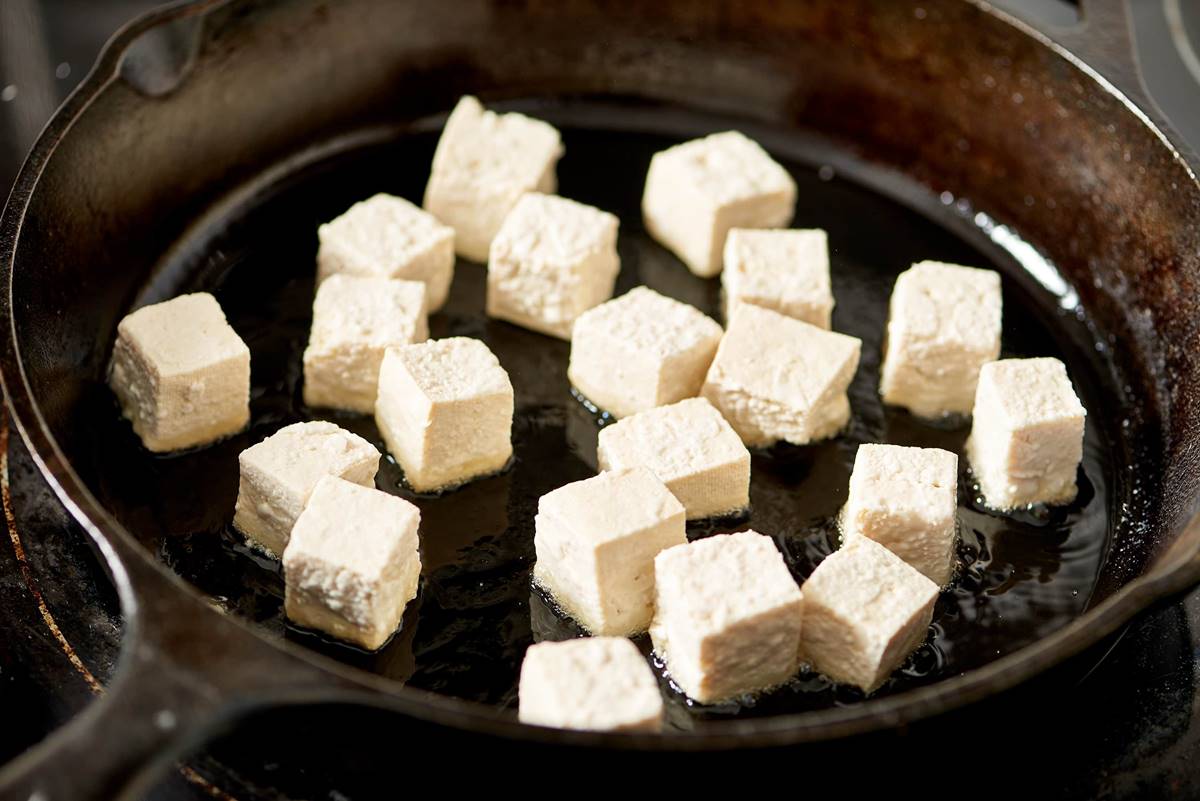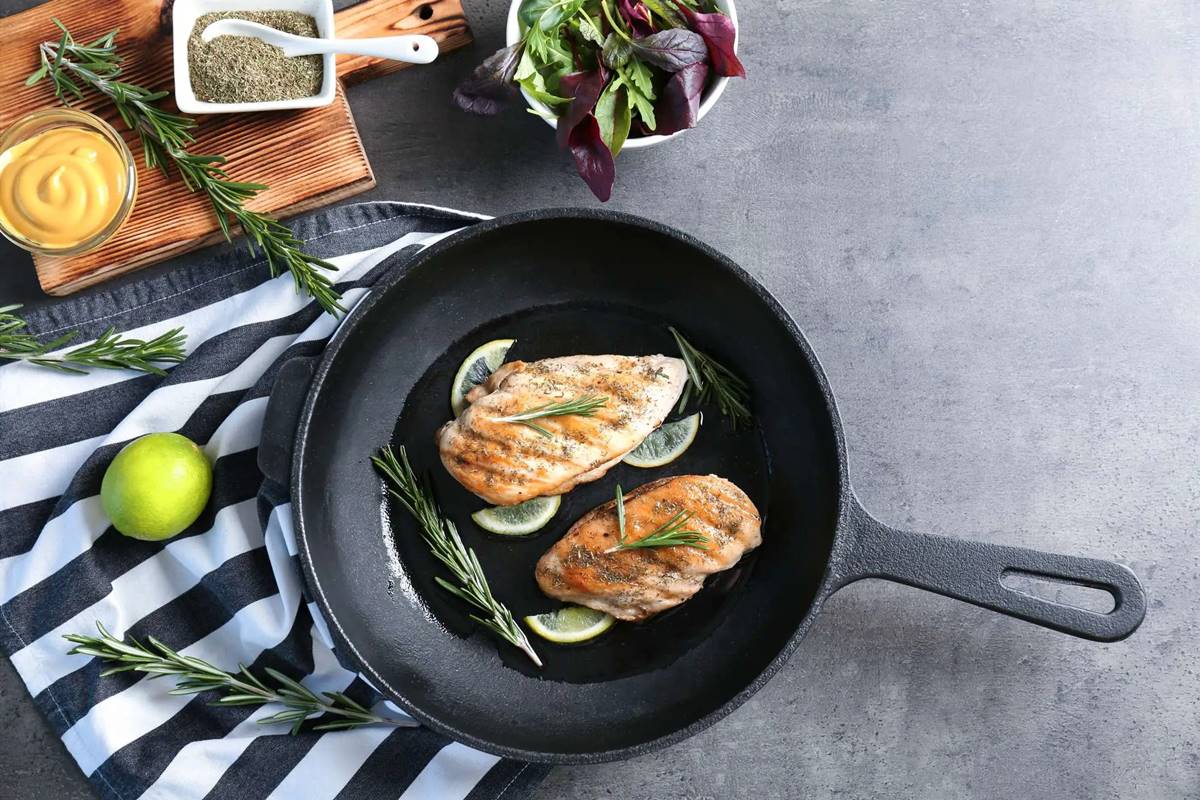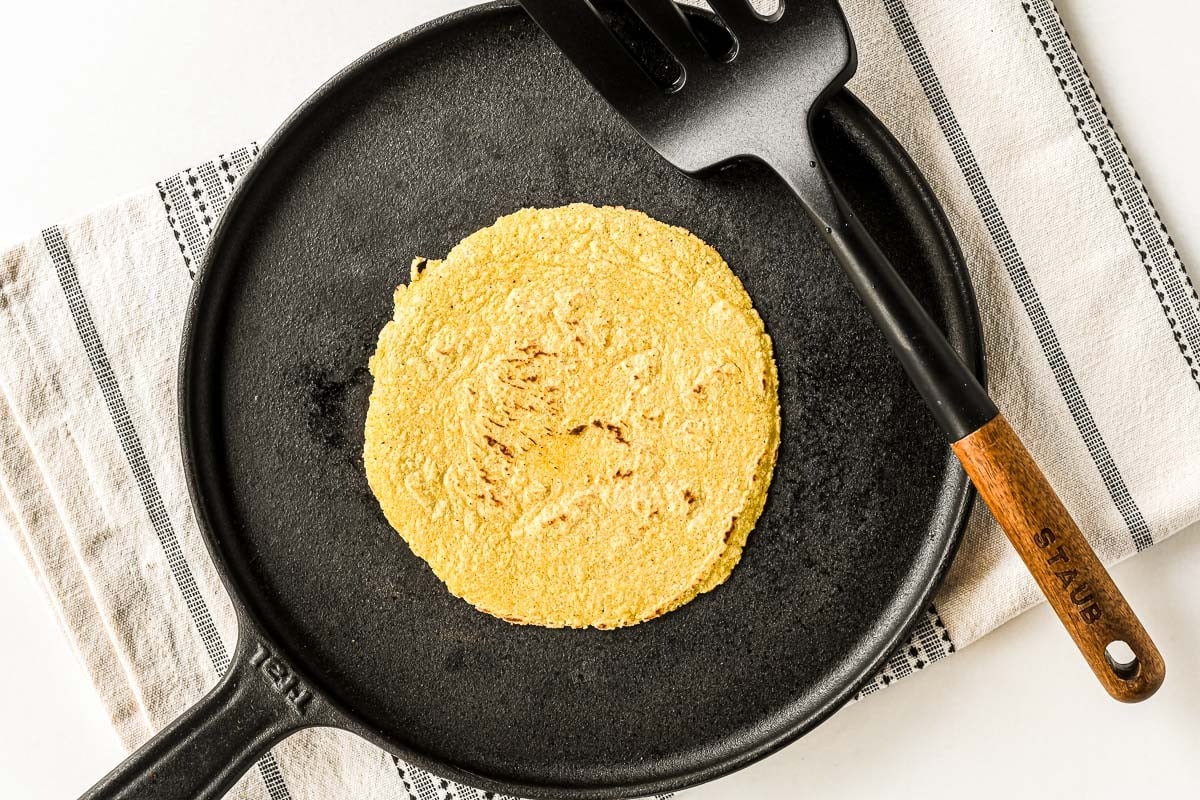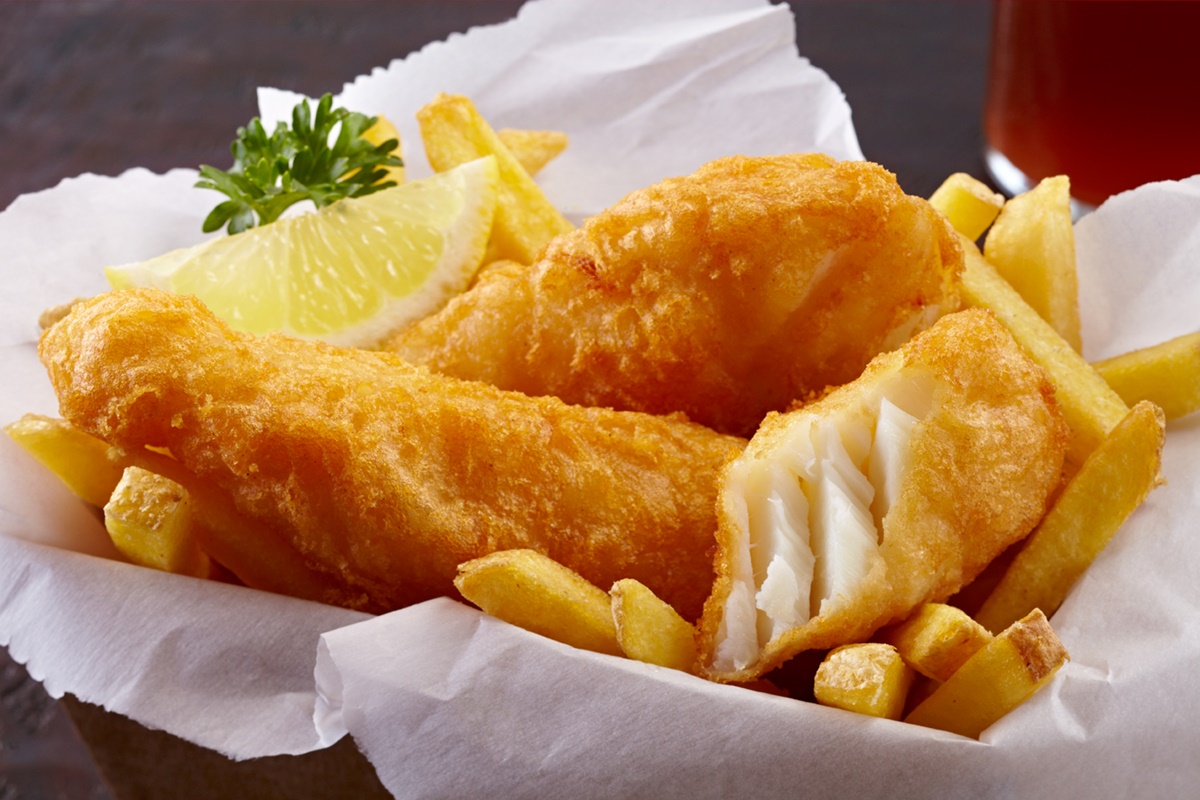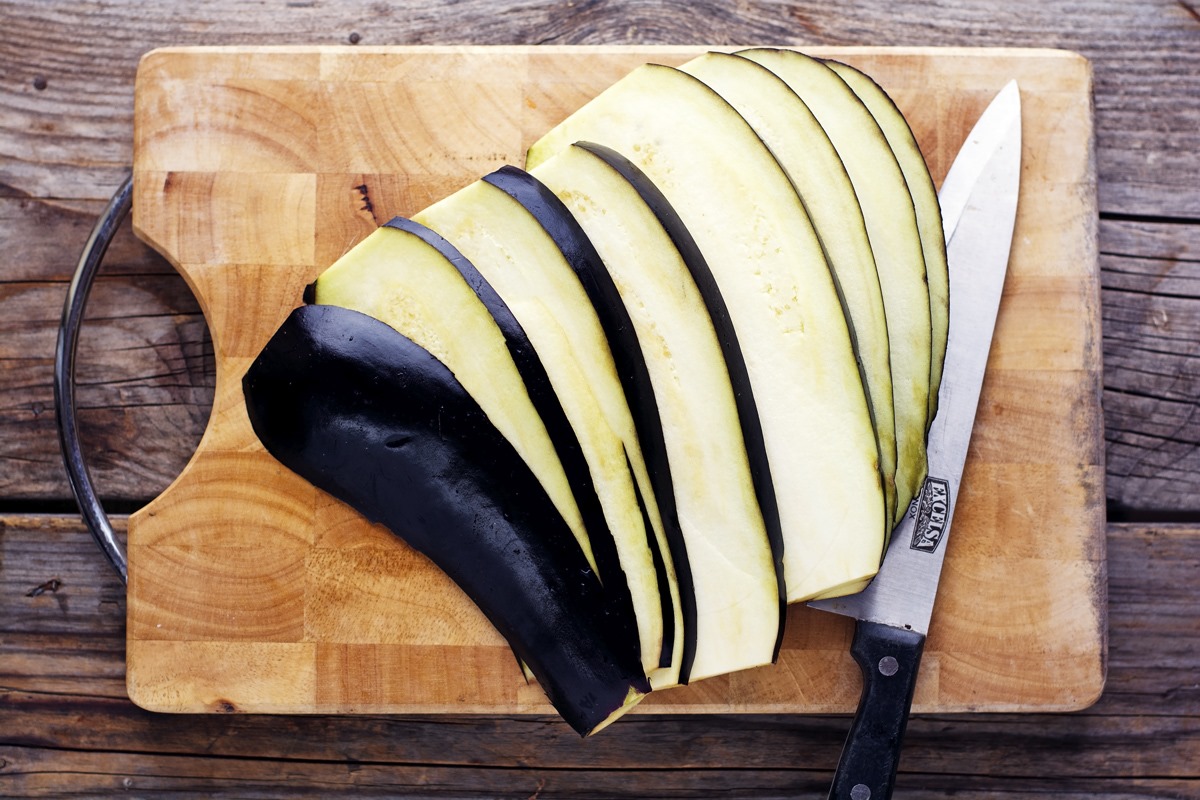How To Fry Fish In a Deep Fryer: A Delicious and Crispy Delight
Are you looking to indulge in a perfectly fried fish that’s crispy on the outside and moist on the inside? Look no further! In this guide, we will take you through the step-by-step process of frying fish in a deep fryer. With a few simple ingredients and the right technique, you’ll be able to enjoy a restaurant-quality meal right at home.
Why Deep Fry Your Fish?
Deep frying fish is a popular cooking method because it creates a beautiful golden crust while keeping the flesh moist and tender. The high heat of the oil seals in the natural juices, resulting in a flavorful and succulent fish fillet.
Step 1: Choose the Right Fish
When it comes to deep-frying fish, it’s essential to choose a type of fish that holds its shape well and has a mild flavor. Some popular options are cod, haddock, tilapia, or catfish. You can either opt for fresh fish or use frozen fillets that have been thawed.
Step 2: Preparing the Fish
Before frying, it’s crucial to prepare the fish properly:
- Pat the fish fillets dry using a paper towel to remove any excess moisture. This will help the batter adhere better.
- Season the fish with salt and pepper (or any preferred spices) to enhance the flavor.
- If using frozen fillets, ensure they are completely thawed and drained before proceeding.
Step 3: Prepare the Batter or Breading
There are various options for coating your fish:
- Batter: Prepare a simple batter by mixing all-purpose flour, cornstarch, baking powder, salt, pepper, and your choice of herbs or spices. Gradually whisk in cold water or beer until you have a smooth consistency.
- Breading: Coat the fish in seasoned breadcrumbs, panko crumbs, or a mixture of both for an extra crispy texture.
Step 4: Heating the Oil
Choose an oil with a high smoke point, such as vegetable, canola, or peanut oil. Fill your deep fryer with enough oil to submerge the fish completely. Heat the oil to 375°F (190°C) for optimal results. Use a candy or deep-fry thermometer to ensure the oil reaches the correct temperature and maintains it throughout the frying process.
Step 5: Frying the Fish
Now it’s time to fry your fish to perfection:
- Dip each fish fillet into the prepared batter or coat it evenly with breadcrumbs, gently pressing them into the fish to ensure good adhesion.
- Carefully lower the coated fish fillets into the hot oil, one at a time, using a slotted spoon or tongs.
- Do not overcrowd the fryer or the temperature of the oil will drop, resulting in soggy fish. Fry in batches if necessary.
- Cook the fish for around 3-5 minutes, or until it turns a beautiful golden brown color.
- Use a slotted spoon or tongs to carefully remove the fried fish from the oil, allowing any excess oil to drain.
Serving Your Deliciously Fried Fish
Now that your fish is perfectly fried, it’s time to savor the flavors. Serve it hot with your favorite accompaniments such as tartar sauce, lemon wedges, or a side of crispy fries. Don’t forget to garnish with a sprinkle of fresh herbs for that final touch.
In conclusion, frying fish in a deep fryer is an excellent way to achieve a crispy and delicious result. With the right fish, preparation, batter or breading, and proper frying technique, you can easily recreate a mouthwatering fried fish at home. So go ahead, grab that deep fryer, and get ready to enjoy a delightful culinary experience!
More Delicious Fish Recipes to Try
With the basics of frying fish mastered, why not venture further into the culinary sea with a variety of flavorful fish recipes? Classic Beer-Battered Cod offers a traditional, crispy delight, perfect for those who appreciate timeless flavors. For a bit of zest, try the Spicy Cajun Catfish, which promises a lively kick with each bite. Health-conscious cooks might lean towards Crispy Panko-Crusted Tilapia, known for its lighter, yet satisfying crust. Each recipe not only enhances your frying skills but also broadens your palette with diverse seasonings and techniques recommended for a delightful cooking experience.
Was this page helpful?
Read Next: How To Fry Fish With Louisiana Fish Fry

